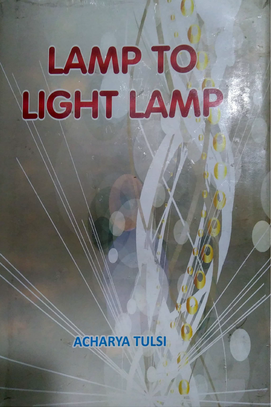The country is facing a frightening problem on account of the Ram Mandir and the Babri Masjid. Rama, the best amongst disciplined humans, is the centre of faith in life of the people of India. His birth-place and temple are physical entities. The ideals embodied in him are spiritual realities. What is physical is important in its way, but it is insignificant compared to the spiritual. It should not be acceptable to any devotee of Rama that with protecting the physical structure of the temple, the ideals of Rama may be smashed into smithereens.
Rama is a great personage belonging to the pre historical times. Those who read and listen to the Ramayana know that Rama had sauntered in every little dust particle in Ayodhya. Physically the birth takes place in a very small area, but that village or city or the entire region is called the birth-place. In which exact spot in Ayodhya was Rama born? This can be a subject of controversy. But it is indisputable that Ayodhya is Rama's birthplace. When was the temple built on the spot which has become a subject of dispute and when was that structure pulled down? It is a subject for research. It is said that Babur built a mosque on that spot. The question is whether any protesting voices were raised when the mosque was built. If not, when and why did that question arise later on? It is necessary to present genuine historical facts.
Any honest investigation of historical facts takes time. We have to wait in the meantime. In the prevailing situation, people lost their patience. They became agitated. It was not possible to put up with any further delay. People adopted an aggressive stance. Some kind of brake was applied to the growing possibilities of amicable relations. There was a sprinkling of goodwill on the raging passions. The kar seva was stopped and it was done elsewhere. An explosive situation was averted.
If one takes a close view of the situation, it would be found that there is no dearth of people taking interest in the conflict. They are determined to create an atmosphere of confrontation in the country. It is at such times that the leadership is put to test. If the people who hold the reins in their hands are calm and have the balance of mind, they would not allow the situation to go out of hand. Indian culture is not characterised by suppression and bloodshed. Factors like love, fraternal feeling, goodwill, harmony, tolerance etc. are important in our culture. This culture expects such people, who would act well in time with understanding and imagination and avert any crisis.
Some people repeatedly talk referring the issue to the court. A court judgment has its own dignity. But is it not possible for the two sides to sit together and find a solution by mutual discussions? When any solution is found by mutual talks, there would be no manoeuvring for winning or defeating. There would be only the river of love flowing, which would cleanse and wash away all the impurities within.
To prepare the ground for the compromise, one side would have to realise that whatever treatment it might have received, it would not allow any lapses to appear in its devotion. It would not allow the high ideals it has cherished to be forgotten. Giving tit for tat may be the prevailing practice, but it should not be allowed to prevail in the field of religion.
The point to be considered by the other side is that it will have to cherish a feeling of identification with the land where it wants to live and wants also the future generations to live. Only after losing its identity, the seed can strike its roots in the soil. If it tries to keep its separate identity intact, it would not be able to grow.
It is the responsibility of those who are mediating to bring about the solution that they take both the sides into confidence and find a solution that would keep intact the dignity of the Indian culture. I am confident that looking to the culture and traditions of the country, any undesirable situation would be avoided and the problem would be solved. It is expected that the non-absolutist method would be used for that purpose.
 Acharya Tulsi
Acharya Tulsi
